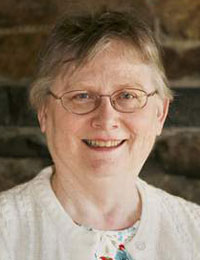
While the interests of my young sons and nieces brought me to the Air Zoo: Aerospace and Science Experience in Portage, Michigan, those with ties to aviation in their family history might also be drawn to this museum. Founded in the late seventies by Suzanne (a former member of the Women Airforce Service Pilots) and Pete Parish (a former United States Marine), the Air Zoo boasts more than 50 fixed and rotary wing aircraft on display as well as aviation-themed rides and exhibits. The Air Zoo is an affiliate of the Smithsonian Institution, and has a mission to preserve the legacy of flight for present and future generations. Continue reading The Air Zoo








